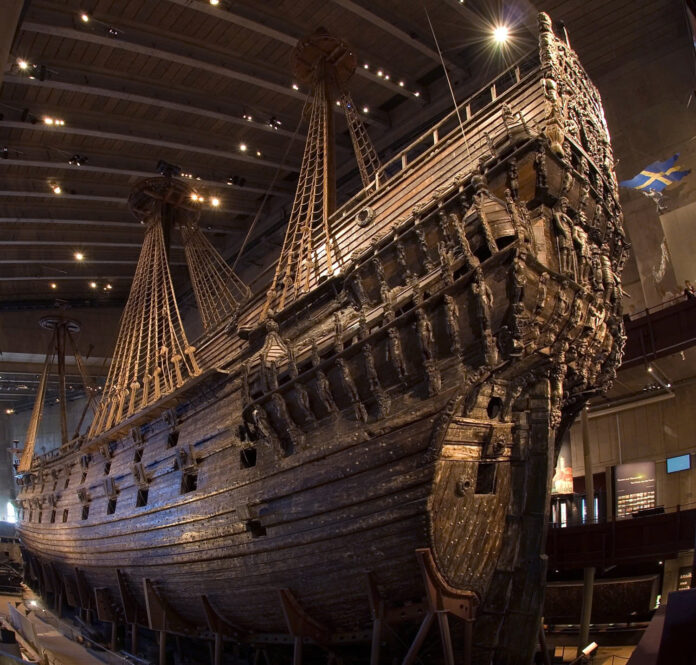The Pride of Sweden’s Navy

In the heart of Stockholm between 1626 and 1628, Sweden embarked on an ambitious project to build what was meant to be the crown jewel of their naval fleet – the warship Vasa. This majestic vessel, adorned with intricate wooden carvings depicting the Swedish royal family and King Gustav II Adolf, was designed to showcase the empire’s naval supremacy to the world.
A Grand Design with Fatal Flaws

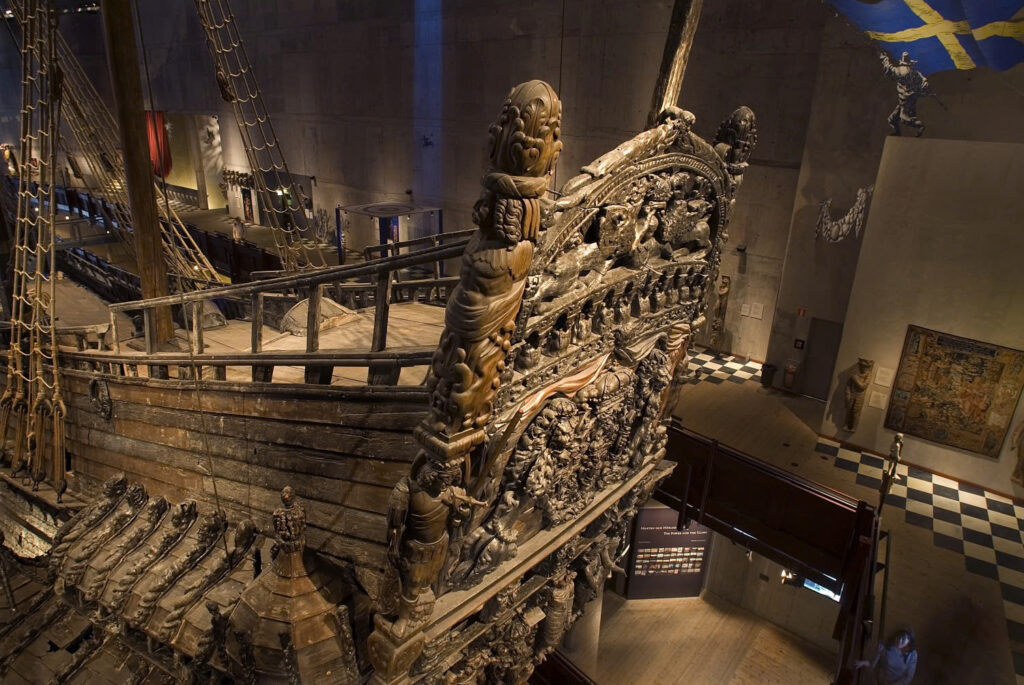
Vasa stood as one of the most powerfully armed vessels of its time. Its ornate decorations and impressive armament made it a floating palace of war. However, beneath its magnificent exterior lay a critical design flaw – the upper structure was dangerously overweight, making the ship precariously unstable.
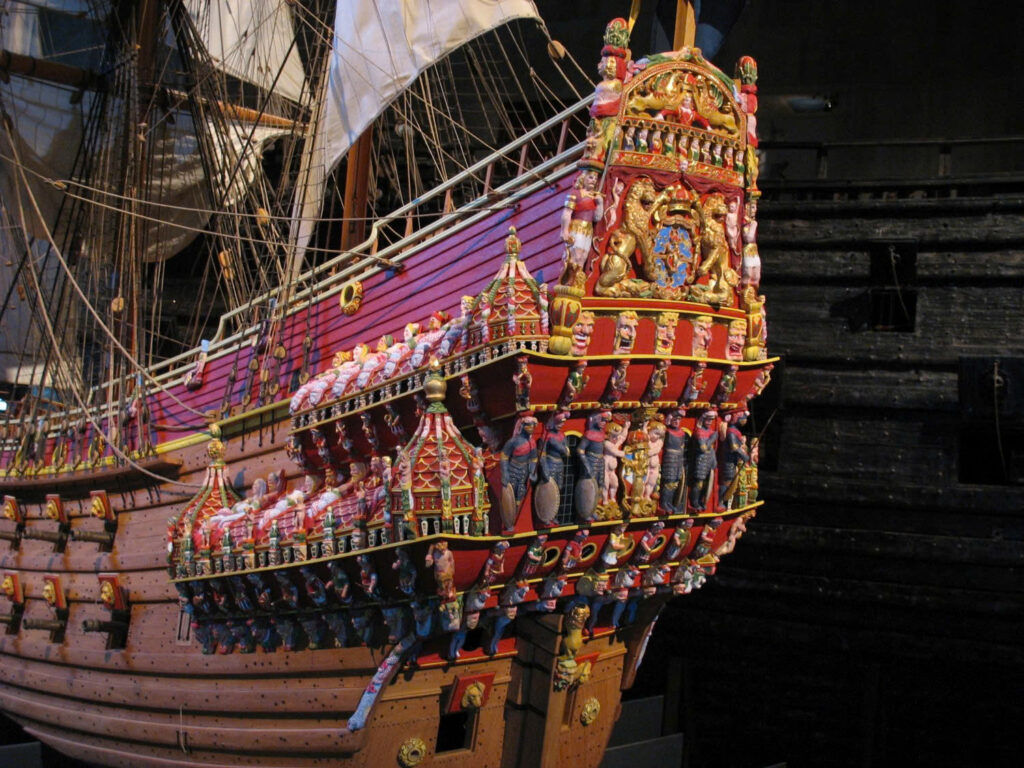

The Fateful Maiden Voyage

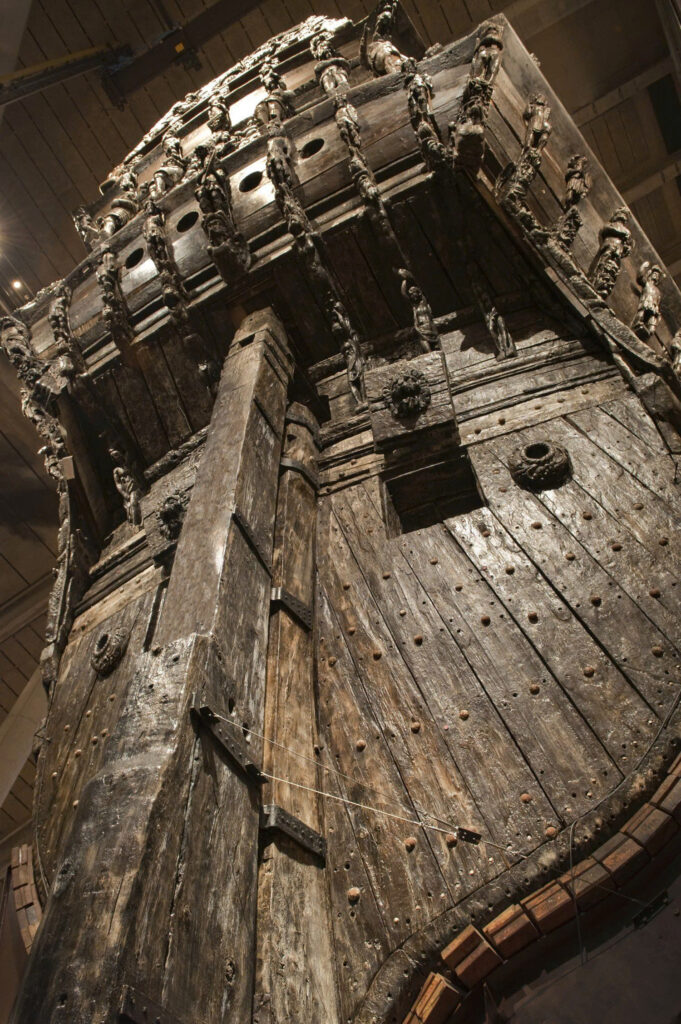
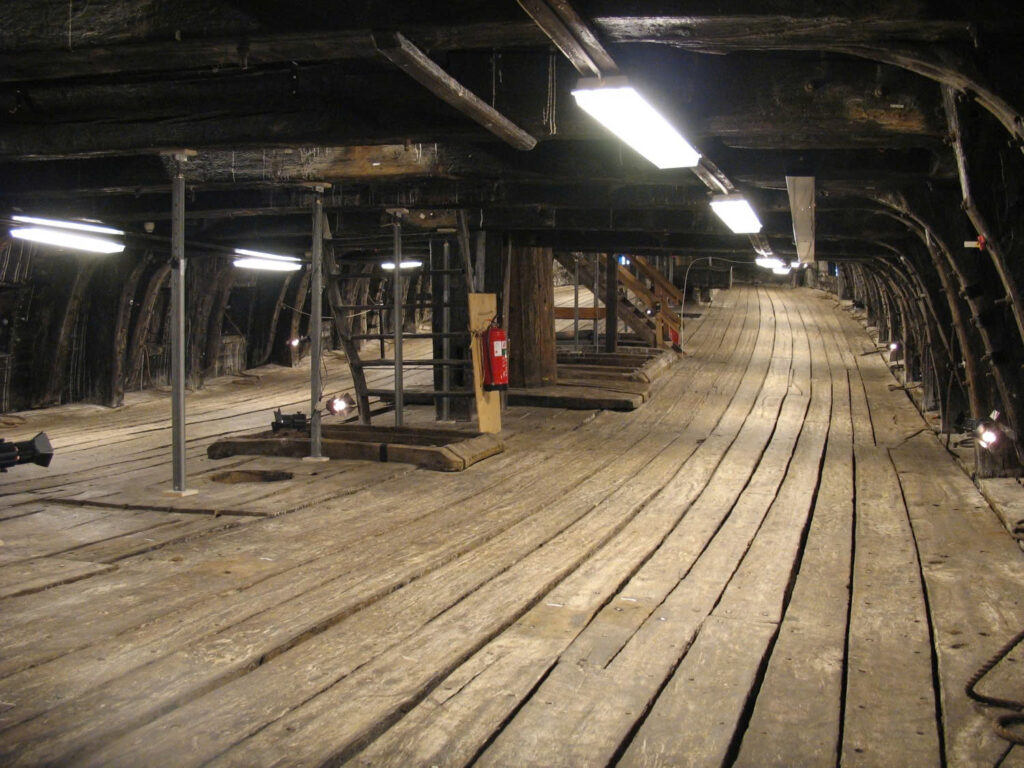
On August 10, 1628, Stockholm’s harbor was bustling with excitement as crowds gathered to witness Vasa’s maiden voyage. The anticipation quickly turned to horror as the ship’s journey came to an abrupt end. While the warship managed to withstand the first gust of wind, the second proved catastrophic. Just 1,300 meters into its journey, the pride of Sweden’s navy sank before the horrified onlookers.
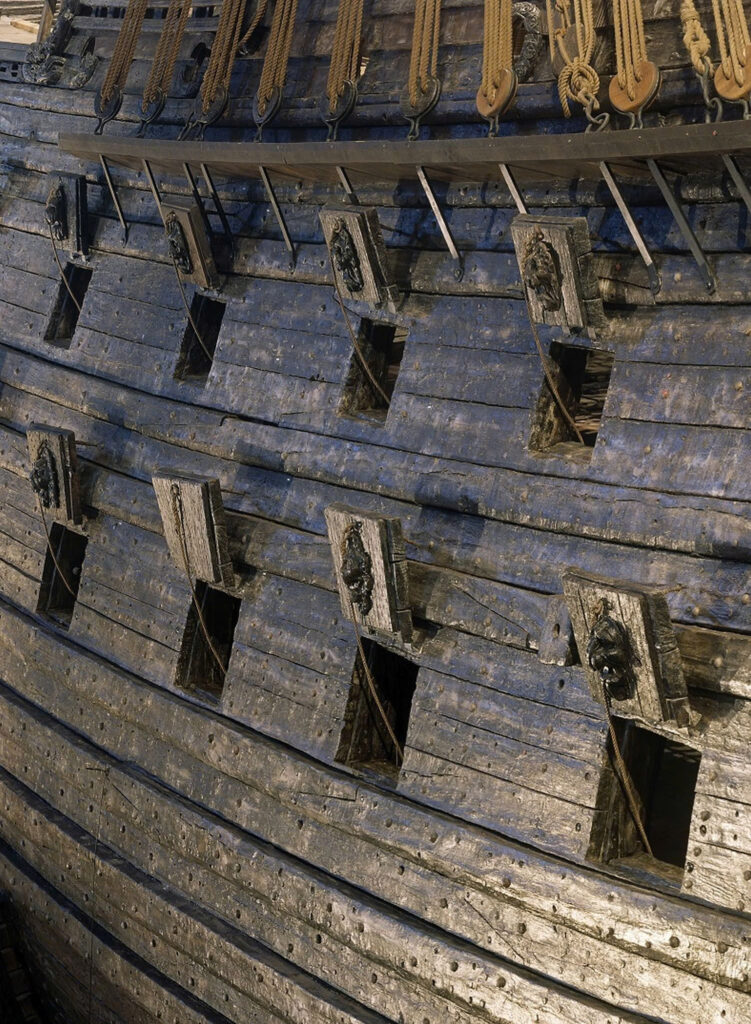
An Archaeological Treasure
Preservation in the Baltic Sea



What began as a naval disaster transformed into an archaeological triumph. The Baltic Sea’s cold, oxygen-poor waters became an unexpected preservative, protecting approximately 95% of the ship’s wooden structure from decay. This unique preservation would prove invaluable centuries later.

Recovery and Discovery
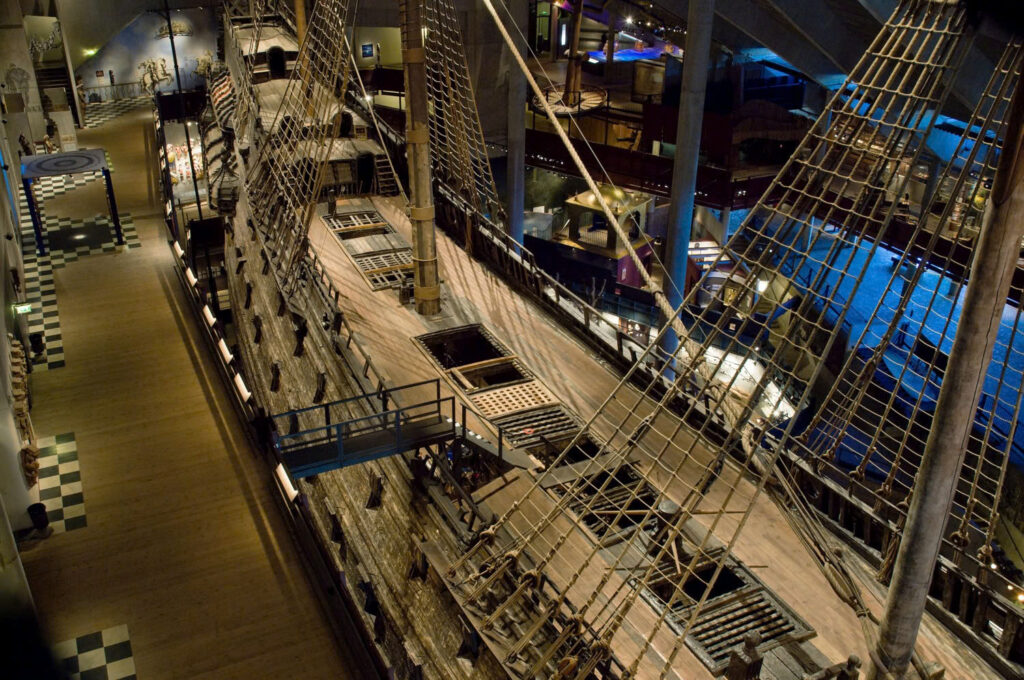
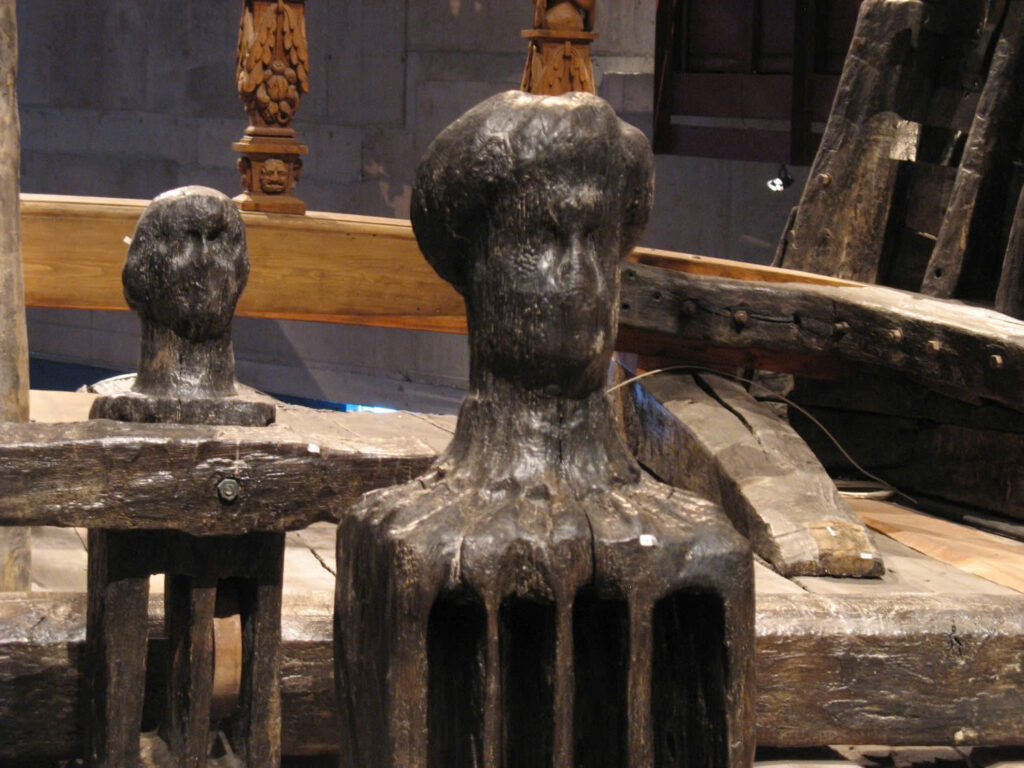
In 1961, marine archaeologists successfully raised Vasa from its watery grave. The recovery yielded an extraordinary collection of artifacts, including:
- Clothing and personal items
- Weapons and cannons
- Tools and everyday implements
- Coins and cutlery
- Food and drink containers
- Six of the original ten sails
- The remains of at least 15 individuals
Legacy and Learning
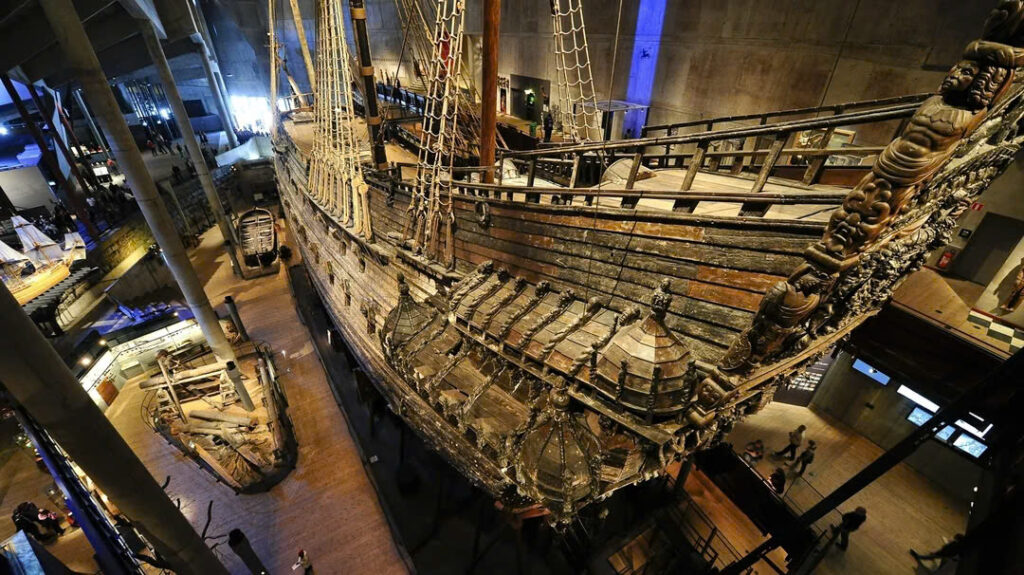
Today, Vasa rests in Stockholm’s Vasa Museum, serving as a remarkable time capsule of 17th-century Swedish life. Its well-preserved structure and artifacts have provided historians and archaeologists with unprecedented insights into naval warfare, shipbuilding techniques, and daily life in early 17th-century Sweden. What began as a catastrophic failure has become one of the most valuable maritime archaeological discoveries in history.
